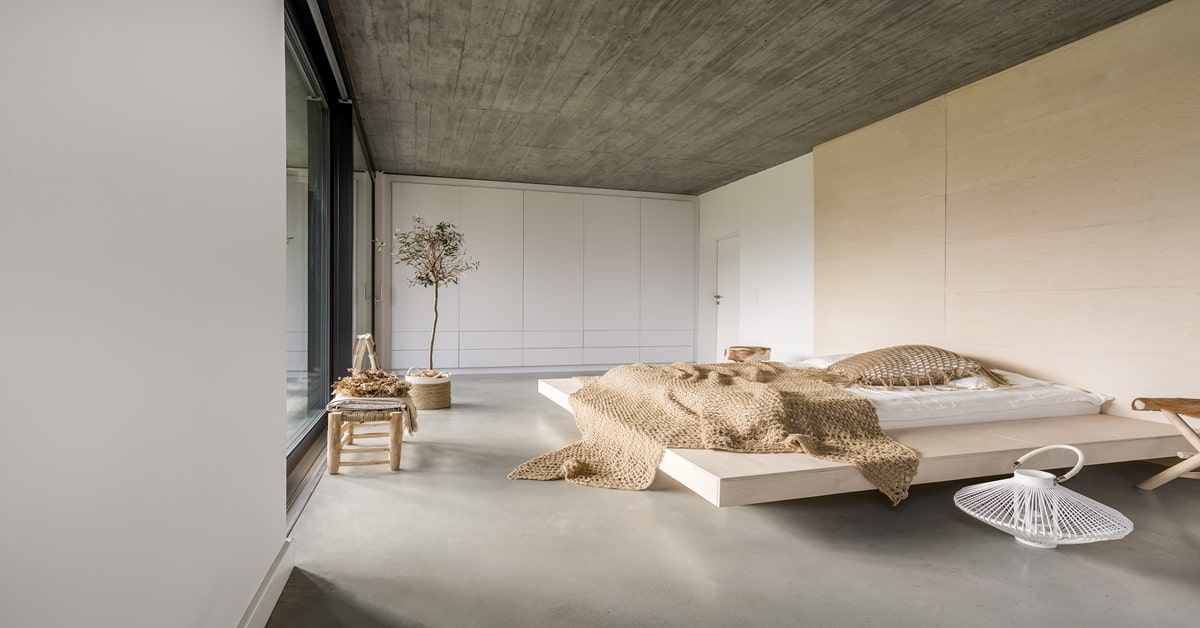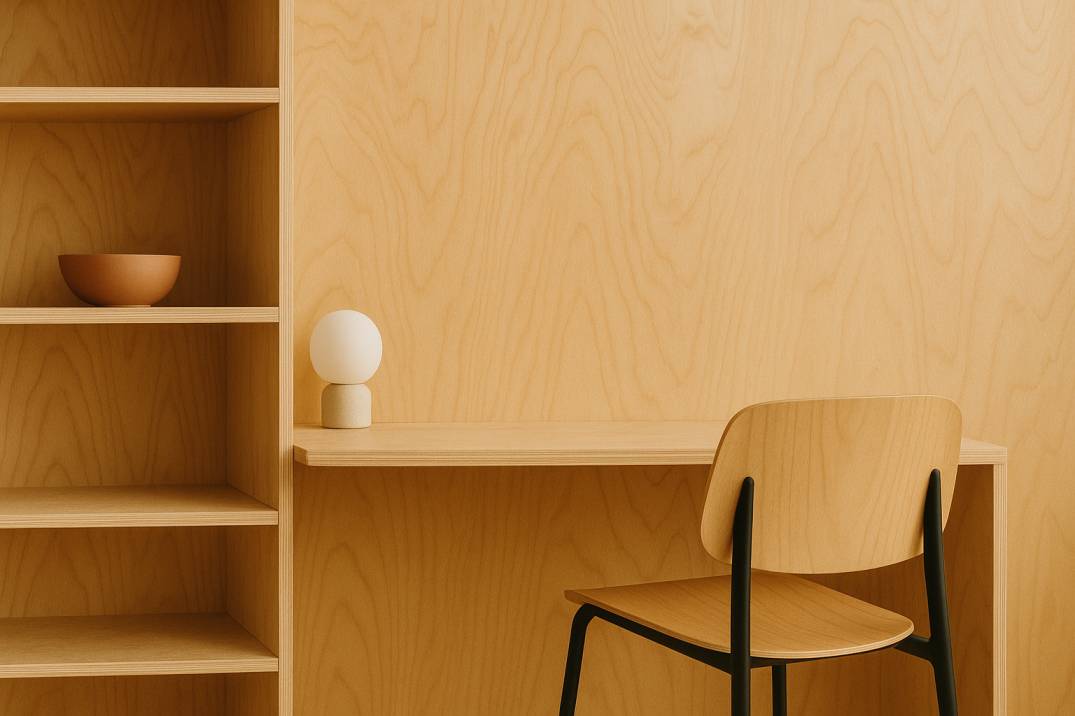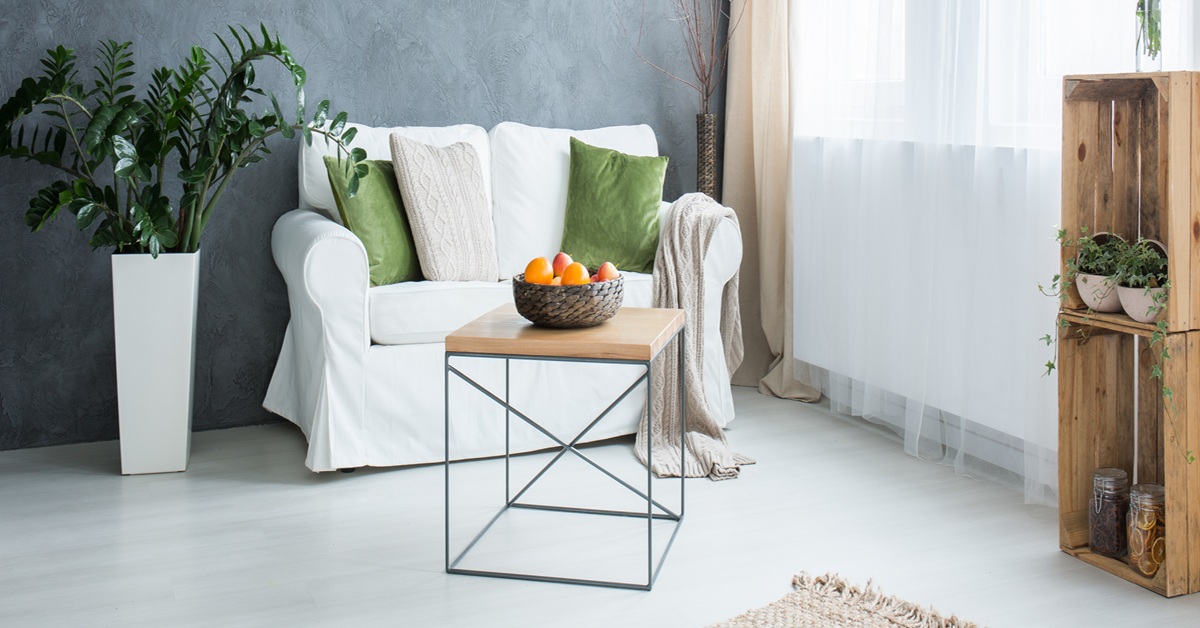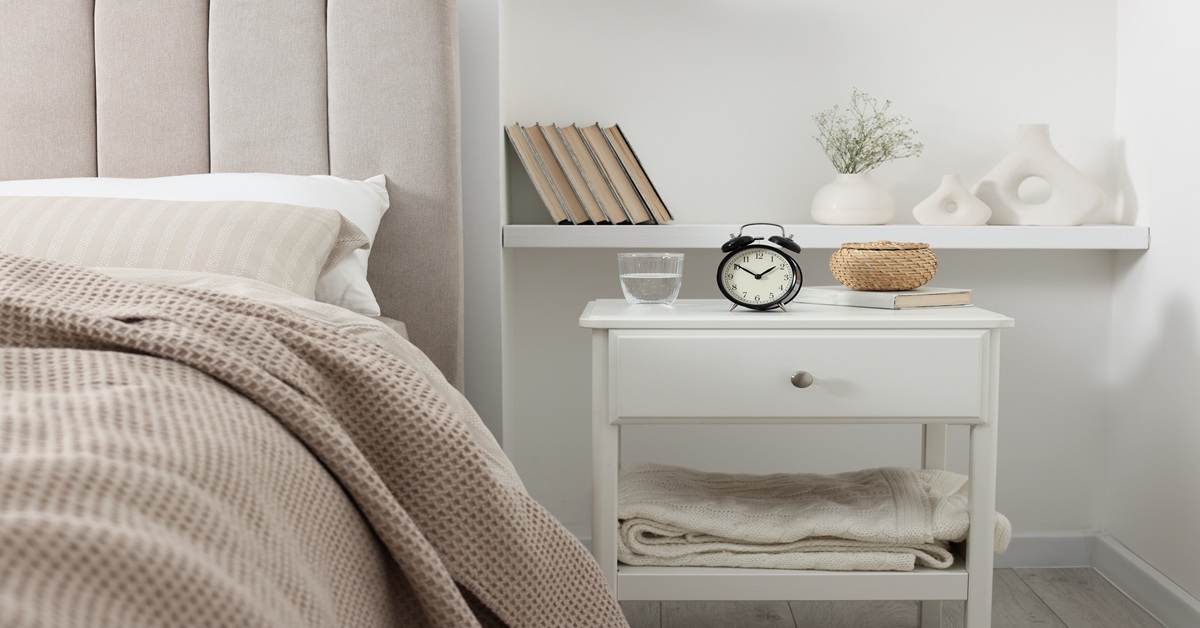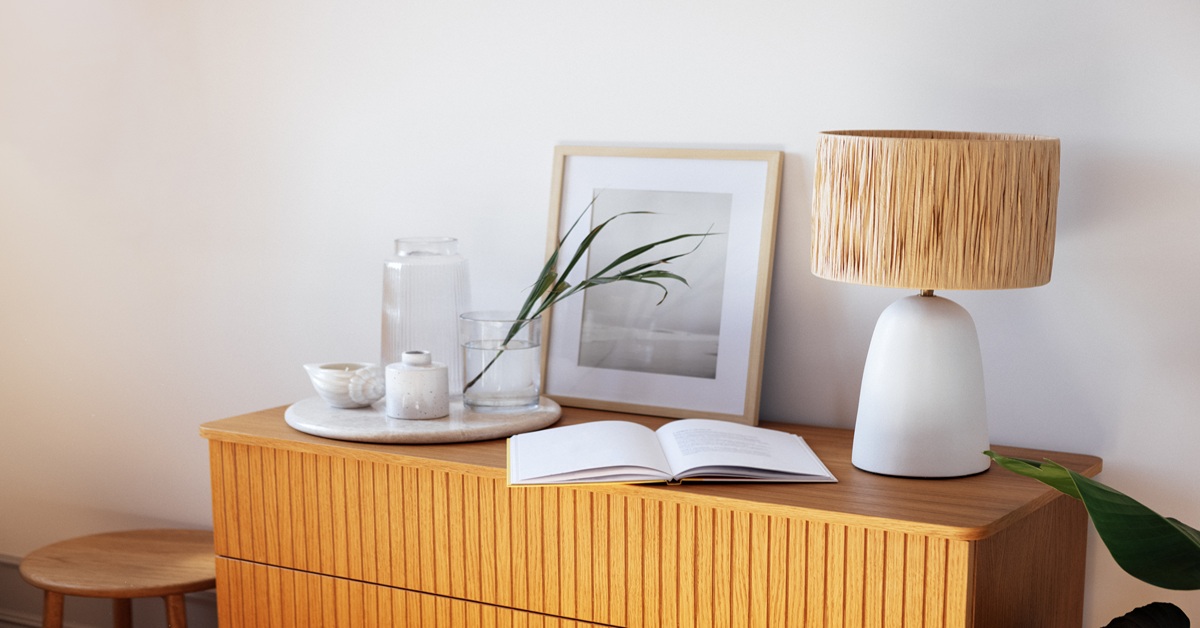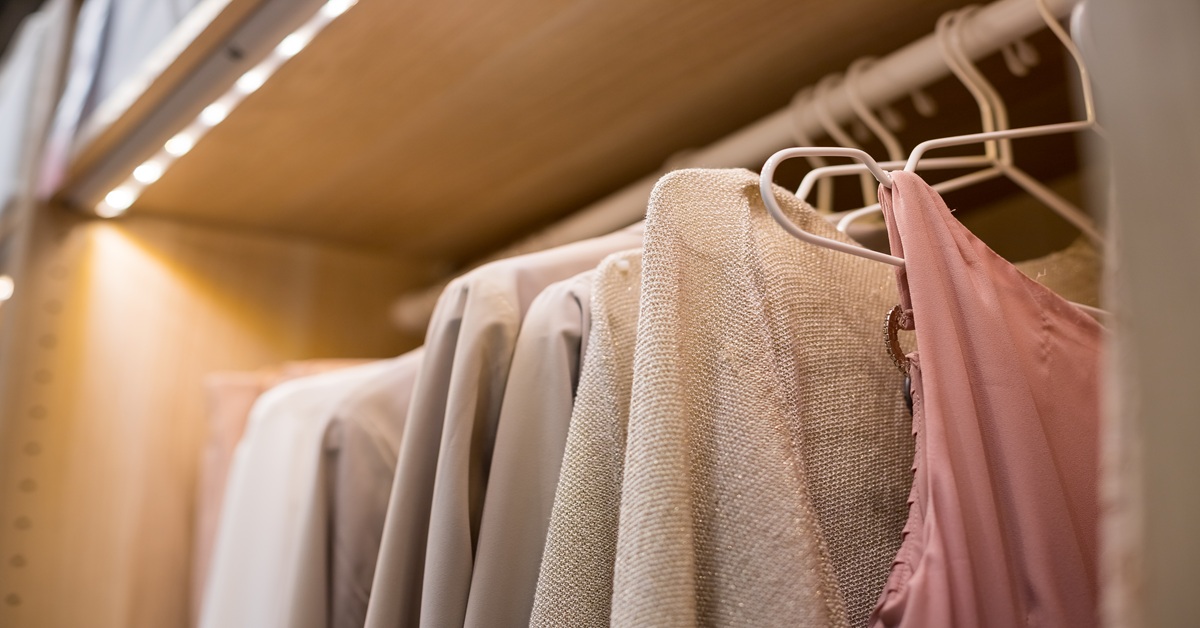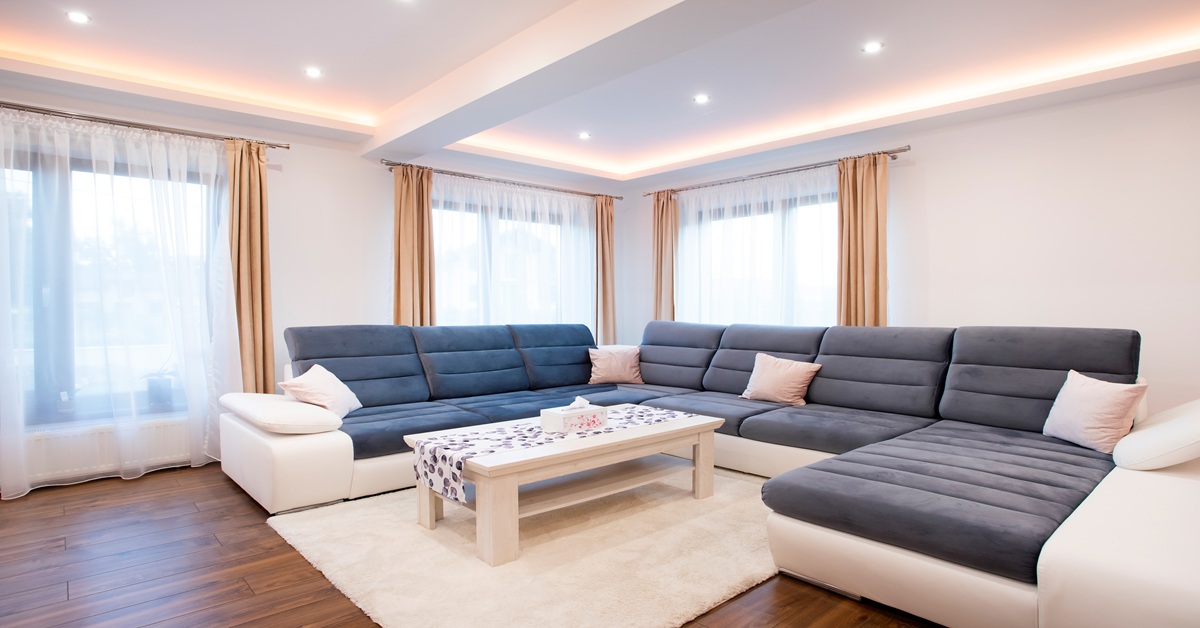Introduction
In the world of construction, formwork plays a pivotal role in shaping and supporting concrete structures. Shuttering plywood is one of the most widely used materials for this purpose. Its unique properties, such as strength, durability, and reusability, make it an indispensable component for concrete formwork. This guide will delve into the details of shuttering plywood, its benefits, types, applications, and best practices for usage, helping you make informed decisions for your next construction project.
What is Shuttering Plywood?
Shuttering plywood is a high-strength, durable material specifically designed for concrete formwork. It is made from multiple layers of thin veneers bonded together using a waterproof adhesive, typically phenolic resin. This construction ensures the plywood can withstand the weight and pressure of poured concrete while maintaining its shape and integrity.
Key Properties of Shuttering Plywood
- High Strength-to-Weight Ratio: Provides excellent support without adding excessive weight.
- Water and Moisture Resistance: Ensures longevity and performance in wet conditions.
- Smooth Finish: Produces a clean, defect-free concrete surface.
- Reusable: Can be used multiple times with proper care, making it cost-effective.
- Dimensional Stability: Resists warping or bending under pressure.
Benefits of Using Shuttering Plywood in Concrete Formwork
1. Superior Durability
Shuttering plywood is designed to endure the harsh conditions of construction sites, including exposure to moisture, heavy loads, and temperature fluctuations. Its durability ensures that it remains intact throughout the formwork process.
2. Cost-Effectiveness
Though it may have a higher upfront cost than other materials, shuttering plywood’s reusability and longevity make it a cost-effective choice in the long run.
3. Enhanced Concrete Finish
The smooth surface of shuttering plywood helps achieve a high-quality finish on concrete structures, reducing the need for additional finishing work.
4. Lightweight and Easy to Handle
Despite its strength, shuttering plywood is relatively lightweight, making it easier to transport, cut, and assemble on-site.
5. Versatile Applications
From residential projects to large-scale commercial constructions, shuttering plywood can be used for a variety of concrete structures, including walls, columns, beams, and slabs.
Types of Shuttering Plywood
1. Film-Faced Shuttering Plywood
- Description: Covered with a protective film, usually phenolic or melamine.
- Benefits: High resistance to moisture, chemicals, and abrasion. Produces smooth concrete finishes.
- Applications: Ideal for projects requiring multiple reuses, such as bridges, dams, and high-rise buildings.
2. Non-Film-Faced Shuttering Plywood
- Description: Standard plywood without a protective film coating.
- Benefits: More affordable but less durable than film-faced variants.
- Applications: Suitable for single-use or low-budget projects.
3. BWP Grade Shuttering Plywood
- Description: Made with boiling water-proof adhesive for superior water resistance.
- Benefits: Highly durable and resistant to extreme weather conditions.
- Applications: Commonly used in water tanks, drainage systems, and marine constructions.
Applications of Shuttering Plywood
1. Walls and Columns
Shuttering plywood provides excellent support for vertical structures like walls and columns, ensuring they retain their shape during the setting process.
2. Slabs and Roofs
Its high load-bearing capacity makes shuttering plywood suitable for horizontal applications, such as concrete slabs and roofs.
3. Foundations
For foundations and footings, shuttering plywood acts as a robust barrier, preventing soil intrusion and ensuring a stable base for the structure.
4. Bridges and Dams
In large-scale infrastructure projects, the durability and reusability of shuttering plywood make it a cost-effective choice for formwork.
How to Choose the Right Shuttering Plywood?
1. Consider the Project Requirements
Evaluate the complexity, size, and type of construction to determine whether you need film-faced or non-film-faced shuttering plywood.
2. Check the Grade
Opt for BWP (Boiling Water Proof) grade plywood for projects exposed to water or extreme weather conditions.
3. Inspect for Quality
Ensure the plywood has a uniform thickness, smooth surface, and no visible defects like cracks or knots.
4. Verify Certifications
Look for industry certifications, such as IS 4990 (India) or equivalent international standards, to ensure the product meets quality and performance benchmarks.
Best Practices for Using Shuttering Plywood
1. Proper Handling and Storage
- Store plywood sheets in a dry, covered area to prevent warping or moisture damage.
- Avoid dragging sheets across rough surfaces to prevent scratches or dents.
2. Use Appropriate Release Agents
Apply release agents or oils on the plywood surface before pouring concrete. This ensures easy removal of the formwork and extends the plywood’s lifespan.
3. Regular Maintenance
Clean the plywood thoroughly after each use to remove concrete residue. Inspect for damages and repair minor defects to maximize reusability.
4. Cut with Precision
Use proper tools and techniques to cut the plywood to size without splintering. Seal the edges with waterproof paint or sealant to enhance durability.
Cost Factors for Shuttering Plywood
1. Material Grade
Higher grades like BWP or film-faced plywood come at a premium but offer better durability and performance.
2. Thickness
Thicker plywood sheets are stronger and more expensive but can withstand higher loads.
3. Brand and Certification
Reputable brands with certifications often charge higher prices but guarantee quality and reliability.
4. Reusability Potential
Investing in high-quality shuttering plywood can reduce overall costs by allowing multiple reuses.
Environmental Considerations
Shuttering plywood, especially eco-friendly variants, is a sustainable choice for construction. Opt for certified green plywood to ensure minimal environmental impact and compliance with green building standards.
Conclusion
Shuttering plywood is an indispensable material for concrete formwork, offering durability, cost-effectiveness, and versatility. By selecting the right type and following best practices, you can maximize its benefits for your construction projects.
For high-quality shuttering plywood that meets industry standards, consider Wigwam. With a wide range of durable, eco-friendly plywood solutions, Wigwam ensures your projects are built to last while maintaining environmental responsibility. Choose Wigwam for reliable and sustainable construction materials that deliver exceptional performance.

